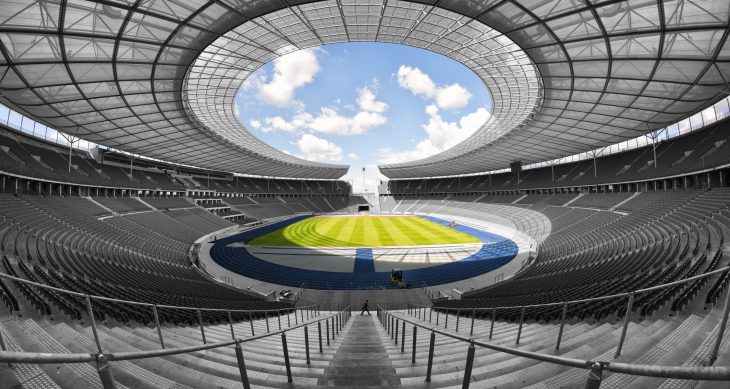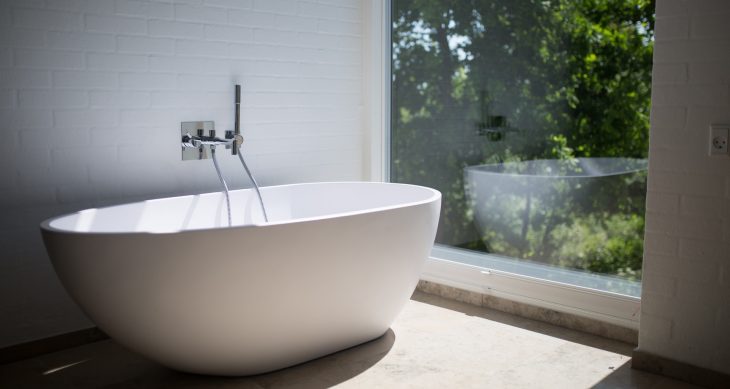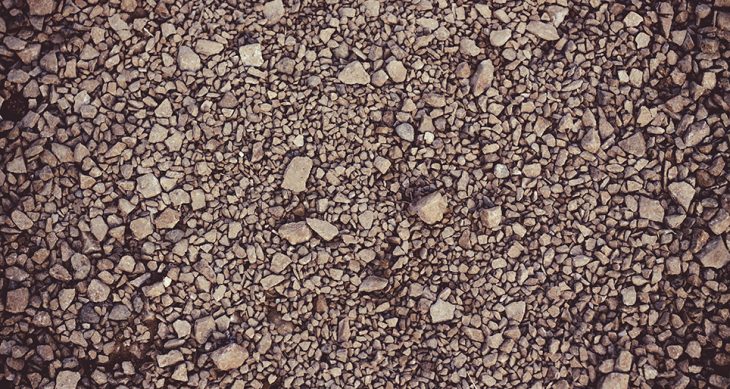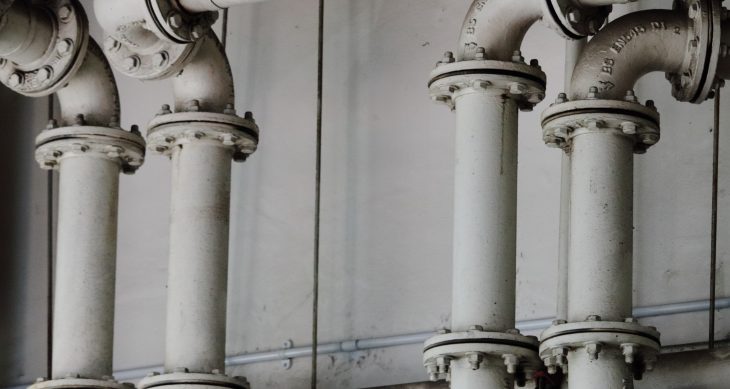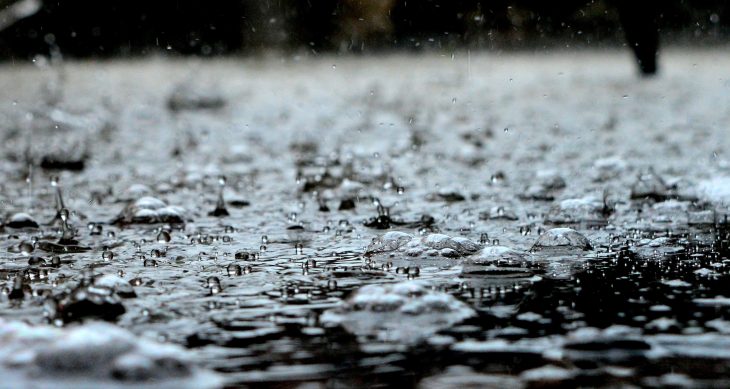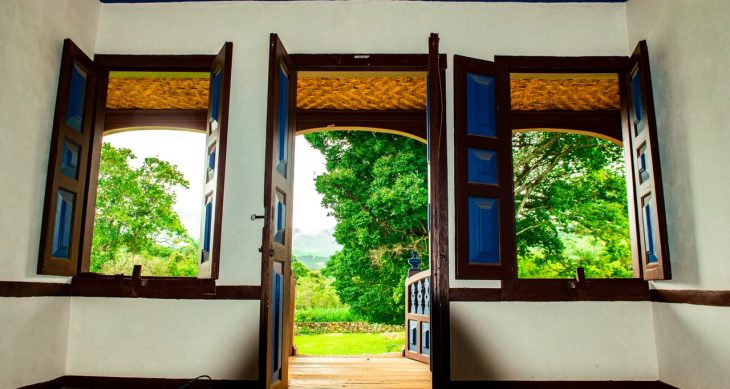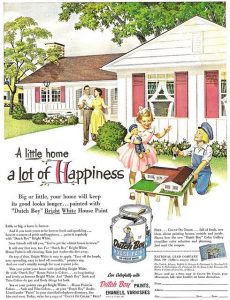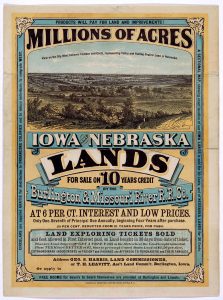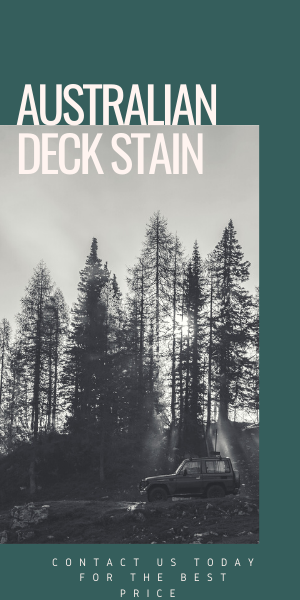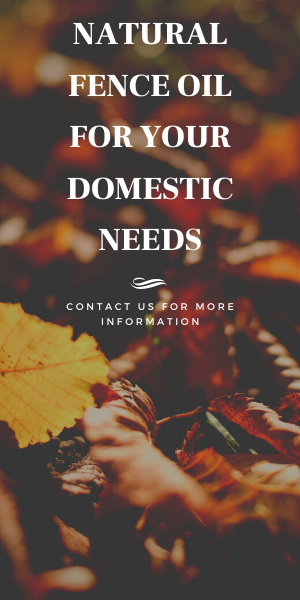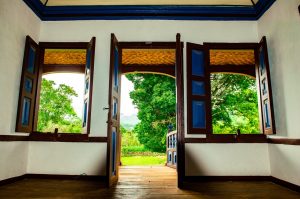
- Posted on
- Comments 0
Timber-look cladding versus real timber
Cladding works to protect your home from the harsh weather and makes sure that water does not get into your structure. Exterior timber cladding works like a skin for your property. It is going to protect the interior of the home and the structure of the building. Good cladding will ensure your home is safer, meaning the structure will be looked after and the building will be more fire-resistant.
The cladding that you decide to go with can make your home economic and efficient. Cladding can act as thermal and sound insulation which means you will be saving on your heating bill.
Cladding also has practical benefits like enhancing the look overall. Being the exterior, you are going to get a different view of your home when looking at it from the outside.
Cladding on your home adds aesthetic value along with practical value which makes your home structurally sound and safer. You will be able to take pride in how your home looks.
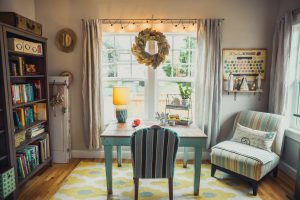
By choosing the right cladding means you can take in the benefits immediately. Picking what sort of cladding you are going with can be a hard task. Real timber and PVC weatherboards are the most popular choices in cladding, and both come with their pros and cons.
PVC weatherboards
Using PVC weatherboards can make a building look more modern. Vinyl cladding is fitting in well with the contemporary home designs. It is excellent at finishing off your home with a modern-looking exterior. Vinyl cladding can look more modern and sleeker than cladding and is preferred by the people who prefer the more traditional look.
PVC cladding is low maintenance
The good thing about PVC cladding is the fact that it does not rot as timber does. PVC cladding has deficient maintenance and requires a new coat of paint around every 8-10 years if you want to freshen the appearance.
Timber cladding
PVC is more of a popular choice when it comes to cladding; timber is still a popular choice. People with older homes tend to go with real wood to restore the traditional look. Timber is biodegradable, and we all like to do what we can for our planet. Unfortunately, the timber can start biodegrading too early when we are not ready for it. Once the timber has started to rot, it will become more brittle so it won’t be as durable or energy efficient.
Replacing rotten timbers will need to be done, but it can be a costly process.
Timber is a fire risk
Timber is a bigger fire risk than other types of cladding like PVC weatherboards. Timber is flammable, so it is always going to be a fire risk. There is also the risk of your insurance premiums going up due to having a home with a flammable exterior.
Timber will need to be re-painted
Timber cladding will also need to be painted often as the weather will wreak havoc on the timber even though it is sealed. The painting will need to occur around every five years and can be costly and time-consuming depending on how much cladding you have.
Truth is timber is more work, so if you don’t want any more work than necessary, then opt for the PVC cladding. If you are happy with the extra work to get the real traditional timber look then go with the real timber cladding.



